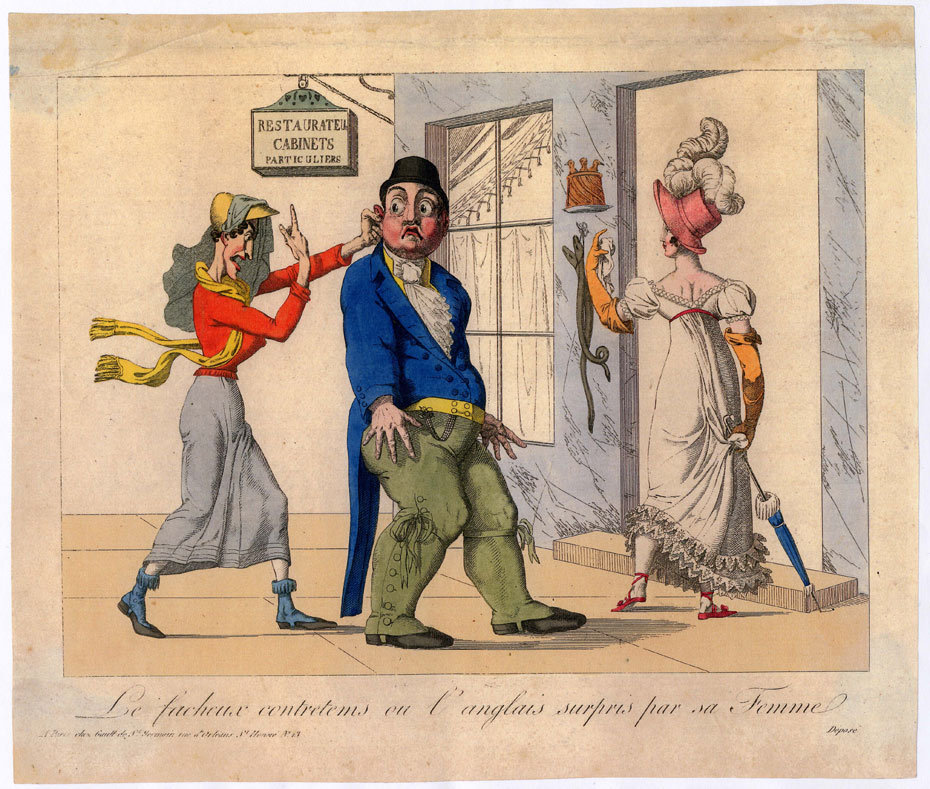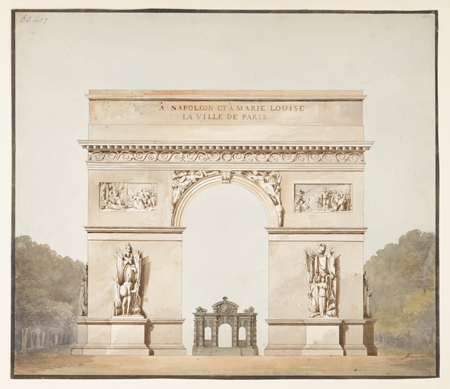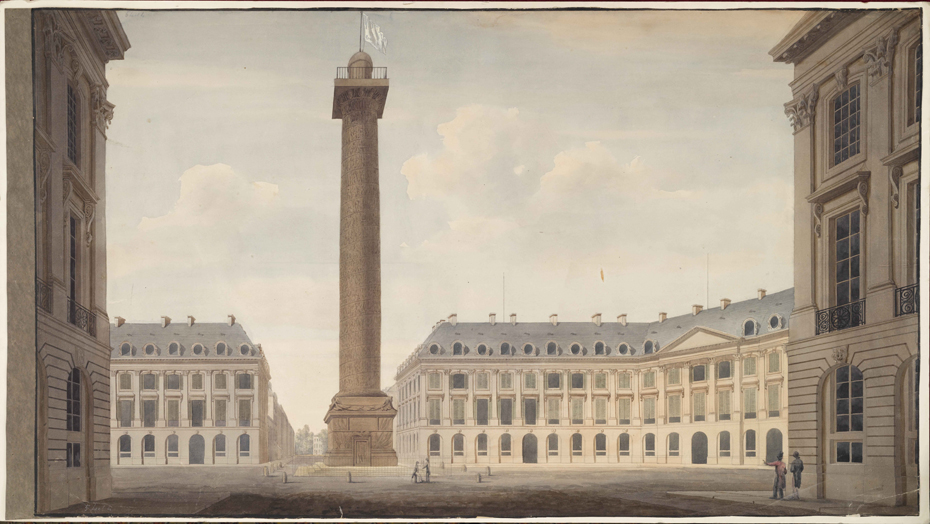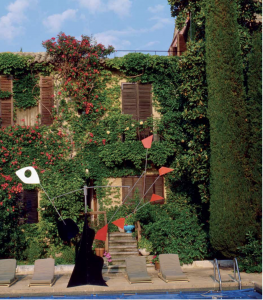Dr Jerzy J. Kierkuć-Bieliński, curator of a new exhibition at Sir John Soane’s Museum, explains how a small man with a big personality (Napoleon) helped shape London as we know it today
On the centenary of the outbreak of World War One, the anniversary of an altogether more positive development in European relations is also taking place. In the summer of 1814, peace returned to Europe following the deposition of Napoleon and the Treaty of Paris. Curious Brits, who had previously been unable to travel to the continent during the emperor’s reign, flocked to the French capital, seeking fine food, the latest fashions and dangerous liaisons.
One of those who visited Paris during this time, though perhaps not for the same reasons, was English architect Sir John Soane. Impressed by Napoleon’s neo-classical regeneration of the city, Soane sought to export a taste of Parisian grandeur back to London. Assisted by his draughtsman Henry Park, Soane sketched out the grand boulevards and triumphal arches of post-revolutionary Paris and formulated an ambitious plan for a processional route which would be utilised for the King’s State Opening of Parliament, from Windsor (to the west of the city) all the way to its heart at Westminster.

“The British were fascinated by Napoleon, Europe’s great bogeyman, the enemy”
“London was the capital city of the world’s largest maritime empire at the time, a superpower that led the allies to triumph over Napoleon, but there was a very conscious realisation that the urban fabric of the city did not reflect this status,” says Dr Jerzy J. Kierkuć-Bieliński, Exhibitions Curator at Sir John Soane’s Museum in London. “The processional route, which Soane proposes in 1827 to 1828, can be read as a response to what he’d seen in Paris. This was an extraordinary urban regeneration project, with a series of colossal structures along the route inspired by Britain’s victories in the Napoleonic Wars – he was looking at the processional axis of Paris, the Champs-Élysées, from the Arc de Triomphe to the The Arc de Triomphe du Carrousel – both built by Napoleon of course – to the Tuileries Palace.”
The route was never constructed, more a hypothetical proposal, but a selection of Park’s drawings, as well as assorted memorabilia from the golden summer of 1814 can be seen at Peace Breaks Out! – a new exhibition in conjunction with the London Festival of Architecture, at Soane’s Museum. Amongst the items on show are various pieces from Soane’s collection of Napoleonica.
“Soane had a genuine admiration for Napoleon, despite him being the ‘bogeyman’ of Europe, the enemy,” says Kierkuć-Bieliński, “not only for his impact on architecture – London at the time and the Prince Regent’s patronage of it couldn’t compare – but because he’s the ultimate example of a self-made man. Soane was the son of a bricklayer, Napoleon is a relatively obscure Corsican officer who rose to become a revolutionary general and then emperor of the French and conqueror of most of Europe.”
The British public were similarly enthralled: “The more radical elements of British society were sympathetic to the politics of Napoleon’s early career, people like the artist Maria Cosway. The broader public didn’t engage with Napoleon on a political level, but they were fascinated. He was the antithesis of what Britain stood for.
“One contemporary writer, who travelled to Paris at the time, said ‘The British are popping over the channel like champagne corks’. They were very enthusiastic, but a little shocked when they arrived. Although it was full of these magnificent buildings, it was a battle-scarred city, particularly on the outskirts where the Battle of Paris had been fought. The sanitation too, though I don’t think London was in a better state so that’s slightly disingenuous. Then there was the unending sexual innuendo…”

“One contemporary writer, who travelled to Paris at the time, said ‘The British are popping over the channel like champagne corks”
Despite this, the British knew Paris was ‘where it was at’, for want of a better phrase. “Paris was still the centre of fashion, the centre of art,” says the curator. “The Louvre was crammed full of the greatest works of art that Napoleon had confiscated as his armies marched from Italy to Gdansk. You could effectively go to the Louvre and undertake a grand tour in two days, without having to leave the building. It was a unique museum.
“Fashion was incredibly important. The Empress Josephine patronised fashionable designers and changed the course of fashion. If you think of those beautiful, empire-line dresses and cashmere shawls that ladies wore at the time, this came out of her, her style. And the food – French cuisine was of a much higher standard than what you could find in London. Also, Paris was, even at that early stage, known as the city of love.”
What did the French think of the British? “Napoleon used the popular press, caricatures, etc, to create a sort of propaganda around the opposition. One just has to remember: Napoleon termed Britain ‘Perfidious Albion’, a nation of shopkeepers. He was making a claim about the lack of grand imperial vision when it came to Britain and its empire: it was all about trade on quite a small scale.”
Echoes of this period are still visible in London today: Regent Street and the terraces of Regent’s Park, as well as the city’s grand public squares, can all be traced back to Napoleon’s neo-classical vision. But the real legacy is the thawing of relations between Britain and France after centuries of fighting, a legacy which reached it’s bitter-sweet apex on the battlefields of WW1.
Peace Breaks Out! runs at Sir John Soane’s Museum, 13 Lincoln’s Inn Fields, London from 20 June to 13 September. Sir John Soane’s Processional Route: Reimagining a Capital City, takes place on 23 June




